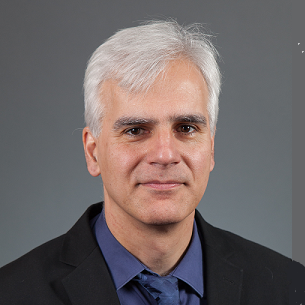Meeting
2013 ASCO Annual Meeting

New York-Presbyterian Hospital, Columbia University, New York, NY
Balazs Halmos , Nathan A. Pennell , Gregory Alan Otterson , Shirish M. Gadgeel , Tarek Mekhail , Michael Robert Snell , J. Phillip Kuebler , Pingfu Fu , Neelesh Sharma , Afshin Dowlati
Background: In EGFR-TKI responsive NSCLC, at progression only some tumor clones might carry resistance mechanisms. This provides a rationale for maintenance therapy with TKIs on progression and is supported by “tumor flares” noted in patients taken off of TKI therapy. Methods: Randomized, phase II study of chemotherapy (pemetrexed or docetaxel) versus chemotherapy plus erlotinib (ERL) in patients with progressive NSCLC following clinical benefit from erlotinib for > 12 weeks. In Arm A Pemetrexed or Docetaxel were given at standard doses every 3 weeks to a maximum of 8 cycles. In Arm B chemotherapy was given with ERL at 150 mg oral daily dose on days 2-19 of each cycle. The primary endpoint was that continuation ERL in this patient population could extend PFS by 50%, from 3 to 4.5 months. The original enrollment goal was 39 pts per arm to allow 80% power to detect such a difference. Results: 46 patients were randomized (Arm A: 24; Arm B: 22). Early termination was due to slow enrollment. Patient characteristics were well balanced except for more females on Arm A (p=0.075). The median PFS on Arm A was 5.4 months and for Arm B was 4.6 months (p=0.569). The median overall survival (OS) on Arm A was 18.7 months and for Arm B 14.7 months (p=0.295). Multiple Cox regression analysis showed an impact of female gender on OS (HR 0.1) but not PFS (HR=0.49). EGFR status was available on 39/46 patients. 17 patients in Arm A and 14 Arm B were mutation positive. In analyzing mutation + only patients, no difference in PFS (p=0.332) or OS (p=0.346) was seen amongst the 2 groups. In the mutation + patients the 6 months PFS for Arm A was 39% and for Arm B was 32%. More toxicity was seen on Arm B as compared to Arm A. Irrespective of causal attribution, 1 grade 5 event occurred on Arm A as opposed to 2 events on Arm B. A total of 7 grade 3/4 events occurred on Arm A while 24 occurred on Arm B. Conclusions: No benefit was seen with the continuation of ERL in addition to chemotherapy as compared to chemotherapy alone in patients who had previously benefited from ERL but then showed progression. The combination arm showed significantly more toxicity. Clinical trial information: NCT00660816.
Disclaimer
This material on this page is ©2024 American Society of Clinical Oncology, all rights reserved. Licensing available upon request. For more information, please contact licensing@asco.org
2013 ASCO Annual Meeting
Poster Session
Lung Cancer - Non-small Cell Metastatic
Lung Cancer
Metastatic Non–Small Cell Lung Cancer
NCT00660816
J Clin Oncol 31, 2013 (suppl; abstr 8114)
10.1200/jco.2013.31.15_suppl.8114
8114
41F
Abstract Disclosures
2023 ASCO Annual Meeting
First Author: Benjamin Besse
2023 ASCO Annual Meeting
First Author: Dina Oksen
2023 ASCO Annual Meeting
First Author: Min Hee Hong
2023 ASCO Annual Meeting
First Author: Amin Nassar